Drop the wishful thinking, and you’ll see price parity with internal-combustion cars is still a distant dream for electric vehicles
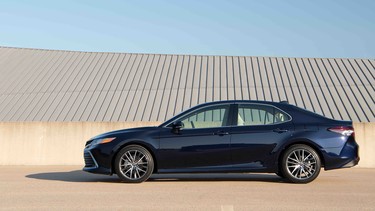
Article content
If ifs ands and buts were candy and nuts, every day would be Christmas
Former Republican Speaker of the House John Boehner, by way of a 17th-century nursery rhyme
Maybe CNET has started handing out “gummies” in its newsroom. Maybe it’s just the latest in “woke” economics, where symbolism matters more than mere dollars and sense. Or, more likely, it’s just clickbait, no one — not even I, considering the title above — beyond trying to “gin” up controversy out of a slow news night.
Advertisement 2
Article content
Whatever his intention, last week, author Dan Avery ran a story that screamed “In California, the Tesla Model 3 Is Now Cheaper Than a Toyota Camry.” Wow, thought I, I knew Elon Musk was chopping prices, but that would seem a discount beyond the pale.
Ah, but as you might have gleaned — perhaps from, if nothing else, my “gummies” reference — there’s a caveat. Digging deeper — as in, reading past the blaring headline — the news behind the subterfuge is that not only do all trims of the Model 3 now qualify for the full US$7,500 of EV consumer tax credits, but new owners also reap another US$7,500 in the form of a California tax rebate. Factor in that full US$15,000, says Avery, and a US$40,240 Model 3 costs less than the US$26,320 that Toyota Motor Sales USA wants for a base Camry.
Advertisement 3
Article content
-
![Motor Mouth: Stellantis pulling out of Ontario battery plant]()
Motor Mouth: Stellantis pulling out of Ontario battery plant
-
![Motor Mouth Podcast: Will EV battery subsidies doom the North American auto industry?]()
Motor Mouth Podcast: Will EV battery subsidies doom the North American auto industry?
Now, my first thought upon reading Avery’s treatise was that, just hypothetically, if I were to sprint past Usain Bolt in a 100-metre dash by starting on the 38-metre line — that’s the approximate advantage the Tesla required to “beat” the Toyota — might that mean I’d be recognized as the world’s new fastest man? Or, still pondering ifs and buts, candy and nuts, what if I could, say, beat Canada’s national boxing champion at 48-kilograms? (In that case, that would be the thoroughly talented and absolutely delightful Ian Parina, whom I, un-hypothetically, help train.) Would that would make me eligible for the Olympics? Or say if Nick Price had had to use wooden golf clubs at the Oakdale Golf & Country Club, maybe, just maybe, I could have—well, I think you’re getting the idea.
Advertisement 4
Article content
What’s funny is Avery left some money on the table, namely the (up to) US$45/kilowatt-hour that automakers receive — the US$7,500 tax credits mentioned above go to consumer; the battery subsidies go directly to the manufacturer — if they build their batteries in America. That would result in as much as an additional US$2,600 directed at the Model 3.
Tally it all up and it comes to US$17,600 in the trunk, which means that i) I would be starting on the 44-metre line in my match-up with Bolt-the-eight-time-Olympic-gold-medallist; and ii) if the 45X monies were applied directly to a Tesla’s MSRP — by “45X” I mean the section of the American Inflation Reduction Act (IRA) that outlines the battery subsidy at the heart of the Stellantis-Windsor-plant controversy — said Model 3 would actually be less expensive than a Corolla Hatchback, never mind a Camry.
Advertisement 5
Article content

More important than such nonsensical comparisons, however, is the incredible lengths that proponents of electric vehicles will go to peddle the now-going-on-decade-old delusion that price parity with ICEs is right around the corner. Even in America, with the subsidies detailed above, it’s pretty much impossible to make Ford’s new F-150 Lightning as cheap as the ICE version. Here in Canada, Hyundai’s gas-powered Kona starts at $22,649, while you can’t get a battery-powered version for less than $44,599.
Meanwhile, battery prices are going up, not down, as we’ve been long promised. Depending on which expert you’re listening to, a kilowatt-hour of NMC battery pack is calculated to cost as much as US$177 a kilowatt-hour, a far cry from the sub-US$100/kWh so many “experts” predicted we’d be enjoying by now.
Advertisement 6
Article content
More important that even that, perhaps, is that Avery has tossed state subsidies in the mix to achieve that mythical price competitiveness. And it is true that more states and provinces have adopted their own additional incentives to reinforce both American and Canadian federal subsidies. About half of American state governments now offer some form or rebate or tax credit, while here in Canada, you’ll find incentives in British Columbia, Quebec, Yukon, and the Maritimes.

The other side of that coin is that, if you add all of America’s individual state incentives into the equation — as well as our own provincial incentives — it means the American and Canadian governments, both federal and local, together will dole out somewhere in excess of half-a-trillion dollars over the next decade to i) convince automakers to build electric vehicles; and ii) get consumers to buy them.
Advertisement 7
Article content
In a time when even New Monetary Theorists are starting to recognize that governments’ recent outlandish spending might actually be responsible for the (supposedly transitional) inflation that somehow refuses to be quelled, such extravagance would seem another reason why North American central banks might not be able to reduce interest rates any time soon.
(By the way, anyone still thinking that my estimates of the billions upon billions that will be spent are exaggerated obviously didn’t read this week’s news, that Volkswagen’s subsidies here in Canada might not total just CDN$13.2 billion, but rather an even more expensive CDN$16.3 billion, the difference, if I read the Financial Post review correctly, being that the federal government had to throw in extra cash to match certain tax disadvantages here in Canada. No doubt Stellantis will take advantage of this news as it seeks its CDN$19 billion — or maybe it’s more! — at the trough.)
Advertisement 8
Article content
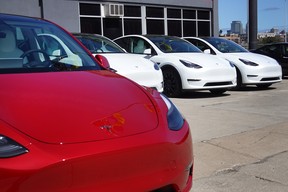
Perhaps more troubling is how inefficient these subsidies will become as the American IRA — which, of course, is what various Canadian governments are trying to match — runs its course. For instance, about five per cent of the vehicles sold south of the border are battery-powered. By 2030, however, estimates of BEV market share run between 50 and 60 per cent, a one-to-one ratio between ICEs and BEVs. Besides the ethical dilemma of such a ratio — one-half of the population is paying for the other half’s cars — subsidizing one in two of any mass-market product, let alone the second most expensive purchase most of us will make, is a seriously inefficient use of taxpayers’ money.
Such universality might well also prove detrimental to domestic manufacturers, as there is nothing that renders automakers fat, lazy, and stupid faster than protectionism (which, according to the Confederation of Swedish Enterprise, is really at the core of the IRA’s intentions, not selling EVs).
Advertisement 9
Article content
Now many will complain that I am conflating American and Canadian economies and subsidies, treating them as one giant expenditure. That would be a fair assessment. But, while nationalists argue that we and our economy are completely independent from that south of the border, the fact remains the American IRA is the reason we’re handing Volkswagen CDN$13.2 billion — oops, right, that seems to be CDN$16.3 billion, now — and why Stellantis has its hand out for CDN$19 billion more. More to the point, if those same naysayers had read my column last October on the fantastical amounts of money the American government was throwing at EVs — and the equally huge dollops of cash we’d have to throw at them to try to keep up — maybe we’d all could have walked into this subsidy war with eyes wide open.
Besides, nothing I said here could be anywhere near as stupid as comparing the price of a Tesla Model 3 with a Toyota Camry and calling them equal—if you throw 15 grand worth of government subsidies at it.
Stay connected with us on social media platform for instant update click here to join our Twitter, & Facebook
We are now on Telegram. Click here to join our channel (@TechiUpdate) and stay updated with the latest Technology headlines.
For all the latest Automobiles News Click Here

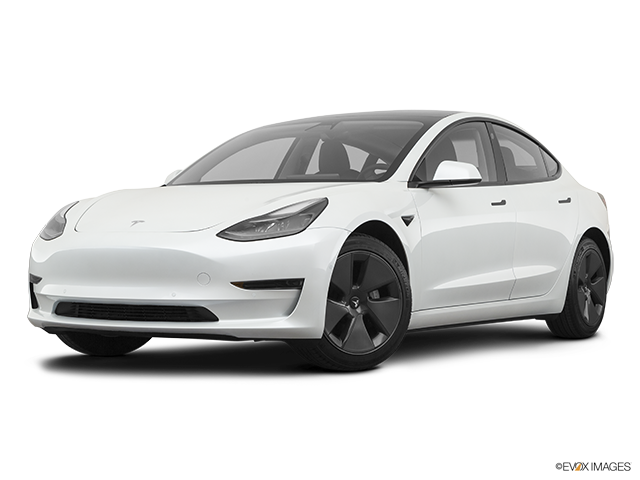
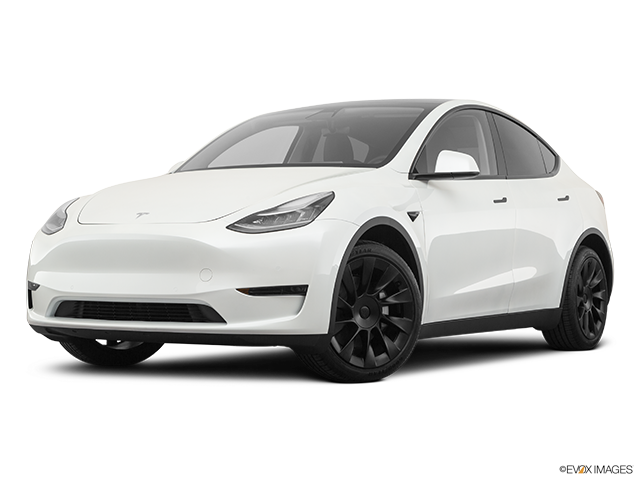
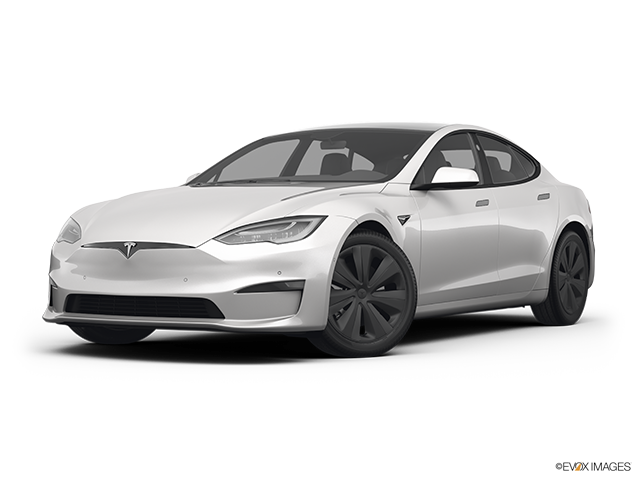
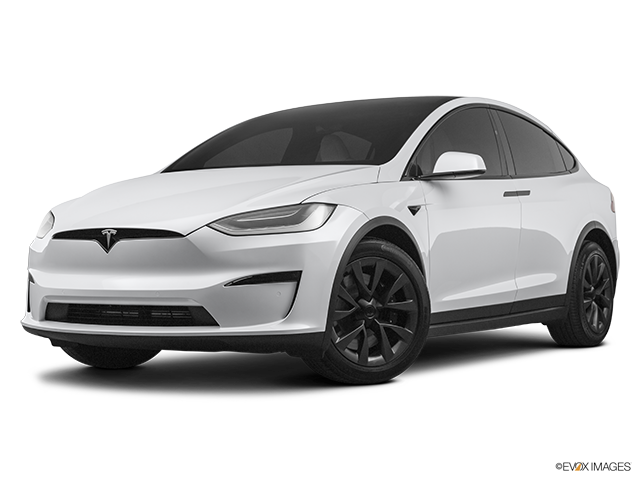



Comments
Postmedia is committed to maintaining a lively but civil forum for discussion and encourage all readers to share their views on our articles. Comments may take up to an hour for moderation before appearing on the site. We ask you to keep your comments relevant and respectful. We have enabled email notifications—you will now receive an email if you receive a reply to your comment, there is an update to a comment thread you follow or if a user you follow comments. Visit our Community Guidelines for more information and details on how to adjust your email settings.
Join the Conversation